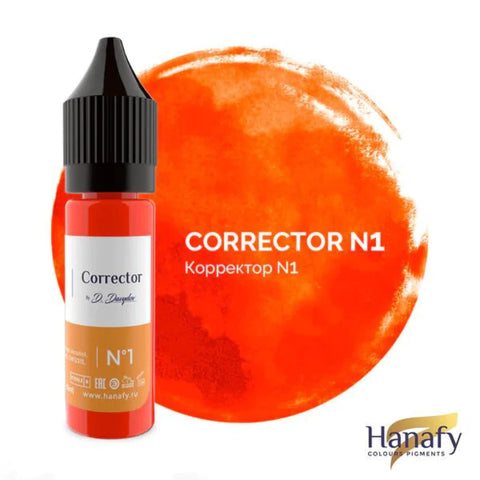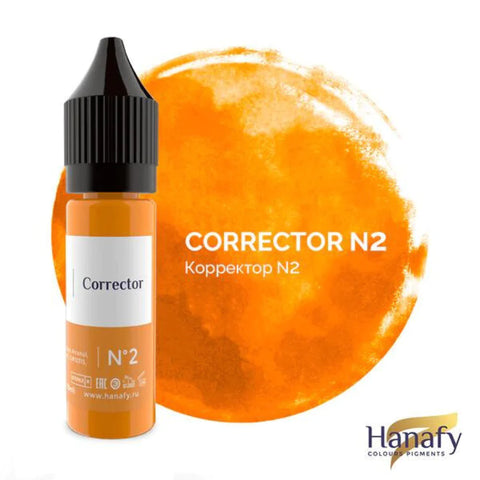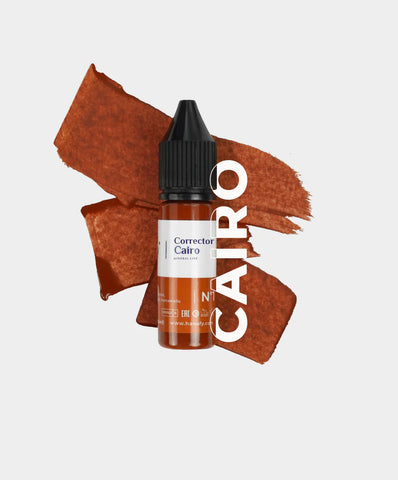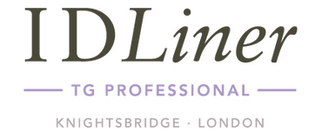When and how to colour correct
As the PMU industry expands, so does the increasing the demand for colour correction expertise. Meaning as you embark on your journey as a PMU artist, mastering the art of eyebrow colour correction becomes an essential.
Picture the scenario: a client reaches out to you in distress. They've had their eyebrows tattooed elsewhere, only to find that they've faded to undesirable shades like blue, grey, or red. The burning question is, "Can you fix them?" Your response to this question can make all the difference between being fully booked or not.

Complementary Colours
Understanding complementary colours is essential when looking to correct old tattoos that have shifted to blue, purple, or red hues. For example, in the case of correcting blue eyebrows, identifying the complementary colour of blue is vital. According to the colour wheel, orange serves to counterbalance blue tones. Similarly, when correcting red brows, the use of green is necessary to neutralise the red pigment.
When rectifying previously tattooed brows, adhere to these steps:
-
Identify the colour of the old tattoo: Determine whether it exhibits blue/grey or red/orange tones.
-
Determine the complementary colour: Opt for orange for blue/grey tones and green for red/orange hues.
-
Define the target colour: Ensure your selected pigment aligns with the desired end colour, incorporating warm undertones for cool, ashy tattoos and cool undertones for warm, red tattoos.
Mastering the art of eyebrow colour correction is a pivotal skill that distinguishes you as a PMU Artist, paving the way for satisfied clientele and a thriving business.
Ignoring or turning down these clients means that you lose these clients to your competition, often for both correction and further brow treatments. Instead, it's crucial to learn how to meet their needs effectively. Just covering up past mistakes won't work in the long run because the underlying problems might crop up again. That's why it's important for us to be proactive in fixing issues and finding solutions in our work.
Lets take a look at some of our favourite Colour Corrector Pigments:
Hanafy Colour Correctors
The Hanafy Organic Colour Correctors are available in three shades:
Corrector No.1
Corrector No.2
Corrector No.3

Hanafy Mineral Colour Correctors
The Hanafy Mineral Line has been designed to implant easily, healing beautifully soft in the skin, and fading gradually over time until results disappear completely - without any colour change.
Hanafy Mineral Pigments сan be mixed with each other as well as with any pigments from the Hanafy Classic Organic Line.
Cairo No.1

A rich tone for overlapping any cold shades on eyebrows and lips. An ideal choice when working with oriental, ethnic or African skin types, when the lips are dark and very cold.
This dark-reddish Colour Corrector will also help to prevent darker brow shades from becoming too cold.
Dubai No.2

Lighter than Cairo No.1, Dubai can be used to overlap and brighten old permanent makeup.
This yellow-mustard corrector is ideal for the correction of low-quality eyebrow tattoos with an obvious purple tint.
FACE Colour Corrector Pigments

FACE Colour Correctors are available in three different shades:
Brick - This red-orange colour corrector pigment is ideal for overlapping and colour correcting cold and grey residues.
Olive - A green based pigment, Olive is suitable for colour correction and overlapping of red and salmon residues.
Mustard - A warm yellow based pigment that we recommend using for overlapping and colour correction of purple residues.
>> View our full range of Colour Corrector Pigments here!
Here at ID Liner, we offer a 'When to remove and when (and how!) to Colour Correct' webinar designed to equip you with the knowledge to navigate these situations effectively. The webinar guides you on identifying when it's best to remove old Permanent Makeup or opt for successful colour correction or modification.
Covering a spectrum of topics including brow and lip colour correction, the webinar isn't brand-specific, making it applicable to any pigment line. It empowers you with the skills to confidently tackle both daunting and subtle colour correction tasks.
